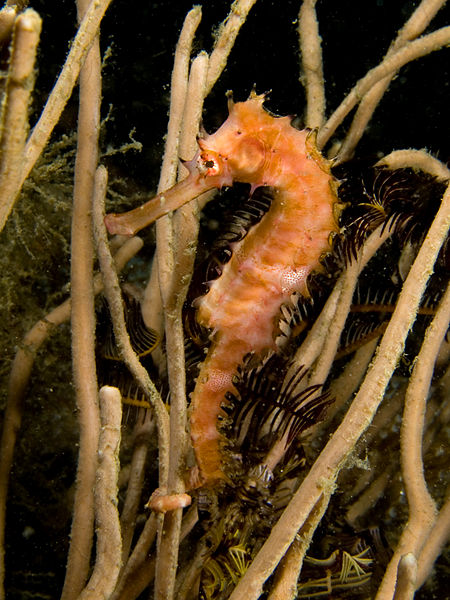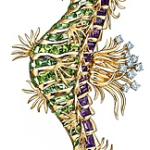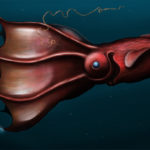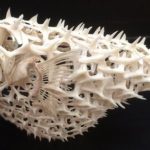*alternative titles include “Looking a gift seahorse (genome) in the mouth”, “My kingdom for a seahorse genome”, “Hold your seahorses“, and “The galloping evolution of seahorses“.
Let’s face it, seahorses, pipefishes, and seadragons are messed up. That’s not a subjective opinion but an evolutionary fact. It’s like all the approximately 300 species in Syngnathidae (the family of fish that contains all these critters) held a meeting and decided unanimously “Nah, screw it, we’ll do things however we damn well please.” The Syngnathids are revolutionaries of the fish world. ¡Viva la Evolución Revolución!
Seriously, almost everything in these species is different. There is the elongated snouts and small mouths and jaws. The pelvic and caudal fins are often gone. The scales are replaced with an armor of bony plates. Let’s not forget about the whole “male pregnancy” thing where the males nourish the developing embryos in a pouch. Seahorses take it all to a whole other level with the prehensile tail and the vertical body axis.
So ultimately, one is left wondering what’s up with those genes? Well, thanks to an intrepid group of geneticist, the complete genome of the tiger tail seahorse, Hippocampus comes, is complete. With the full genome comes great power, the ability to compare this genome to the other sequenced fish.
Part of the story regarding the bizarreness of seahorses is gene loss. Secretory calcium-binding phosphoprotein (SCPP) genes code for matrix proteins that are important in the formation of bone and teeth. These genes are completely missing in Hippocampus comes and may explain why seahorses do not have teeth. Did I forget to mention that? Yeah seahorses and seadragons are toothless. The tbx4 gene, conserved in jawed vertebrates, acts as a regulator of hindlimb formation. The gene is completely absent in the seahorse genome and explains the absence of those pesky pelvic fins.
What about that whole “male pregnancy” thing? The H. comes genome contains six pastn genes, part of a family of genes that regulate the hatching of embryos. The researchers conducted extra work, like the genome was not enough, suggesting a role for these pastn genes in brood pouch development and/or hatching of embryos within the brood pouch prior to birth.
Seahorses have also apparently lost many conserved noncoding genes (CNEs) that function as enhancers, repressors, and insulators of other genes. 1,612 CNEs have been lost in seahorses. Compare this to the 281 in the Nile perch. It is unclear how the loss of the CNEs may be related to some of the oddities of the seahorse, but loss of CNEs is tied to moderate short stature and shortened limbs in humans.
How I imagine the scientists of the study acted once they finished the genome
The awesomeness of this kind of work cannot even be articulated. The researchers have done an amazing job of unpacking the genome of a seahorse and showing how genome evolution directly leads to all the uniqueness of seahorses. Admittedly, I am little disappointed in not seeing a discussion of the prehensile tails genes and armored plating discussed. I guess I’ll need to wait a bit to build my army of aquatic minions to take over the world.







